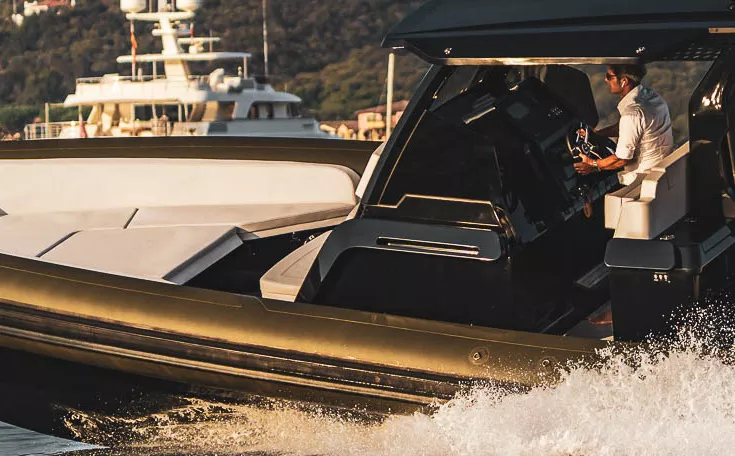The Atlantic Ocean, spanning approximately 2,000 to 3,000 nautical miles, has long been a significant barrier between continents. However, advancements in motor yacht design and technology have made transatlantic crossings increasingly feasible. This article explores the capabilities, considerations, and real-world examples of motor yachts undertaking such voyages.
Understanding Motor Yacht Capabilities
Design and Construction
Modern motor yachts are engineered with materials and designs that enhance durability and performance. Features such as reinforced hulls, stabilizers, and efficient fuel systems are crucial for long-distance travel. For instance, the C144S ACE, a 44-meter yacht, demonstrated exceptional resilience during its transatlantic journey, handling diverse weather conditions with ease.
Fuel Capacity and Efficiency
A yacht’s ability to store and efficiently consume fuel is vital for ocean crossings. The Mangusta superyacht El Leon, measuring 54 meters, completed an Atlantic crossing, covering 4,800 nautical miles in six days. This achievement was facilitated by its substantial fuel capacity and efficient consumption rates.
Speed and Range
The cruising speed and range of a motor yacht determine its suitability for transatlantic voyages. The Hatteras GT63, named Post One, traveled 4,085 nautical miles from Panama to the Azores, Portugal. This journey was accomplished by maintaining optimal speeds and strategic refueling.
Planning a Transatlantic Crossing
Route Selection
Choosing the appropriate route is essential for safety and efficiency. Common passages include the route from the Canary Islands to the Caribbean or from the U.S. East Coast to Western Europe. Each route presents unique challenges and requires careful planning.
Weather Considerations
Understanding and anticipating weather patterns are crucial for a successful crossing. Yachts must be equipped with advanced meteorological tools and have access to real-time weather updates to navigate safely.
Provisioning and Support
Ensuring adequate supplies of food, water, and fuel is vital. Planning for refueling stops and understanding port facilities along the route can significantly impact the voyage’s success.
Real-World Examples
ACE’s Successful Crossing
In November 2024, the C144S ACE completed a transatlantic voyage from Palma de Mallorca to St. Maarten in 16 days. The yacht maintained an average speed of 10.1 knots and consumed fuel at an average rate of 106.55 liters per hour, highlighting its efficient design.
El Leon’s Maiden Voyage
The Mangusta El Leon’s journey in December 2018 marked a significant milestone as the first Mangusta vessel to cross the Atlantic. The yacht’s design, featuring a 4-engine, 4-propeller system with electric stabilizers, facilitated a top speed of 30 knots and a cruising range of 4,500 nautical miles at 12 knots.
Post One’s Record-Setting Journey
Between June and July 2018, the Hatteras GT63 Post One completed a 4,085 nautical mile journey from Panama to the Azores. The crew utilized strategic refueling from the owner’s larger yacht, demonstrating innovative approaches to extend range.
Challenges and Considerations
Technical Challenges
Long-distance voyages can strain a yacht’s systems, requiring robust engineering and regular maintenance. Ensuring that all systems are in optimal condition before departure is essential to mitigate risks.
Safety Measures
Equipping the yacht with necessary safety gear, including life rafts, EPIRBs (Emergency Position Indicating Radio Beacons), and comprehensive medical supplies, is non-negotiable. Crew training in emergency procedures further enhances safety.
Financial Implications
Transatlantic crossings entail significant costs, including fuel, maintenance, crew expenses, and potential port fees. Owners must be prepared for these financial commitments and plan accordingly.
Conclusion
Motor yachts are increasingly capable of undertaking transatlantic crossings, thanks to advancements in design, fuel efficiency, and technology. However, such voyages require meticulous planning, robust engineering, and a thorough understanding of the challenges involved. By studying successful crossings and addressing potential obstacles proactively, yacht owners and enthusiasts can appreciate the feasibility and rewards of transatlantic motor yacht travel.

